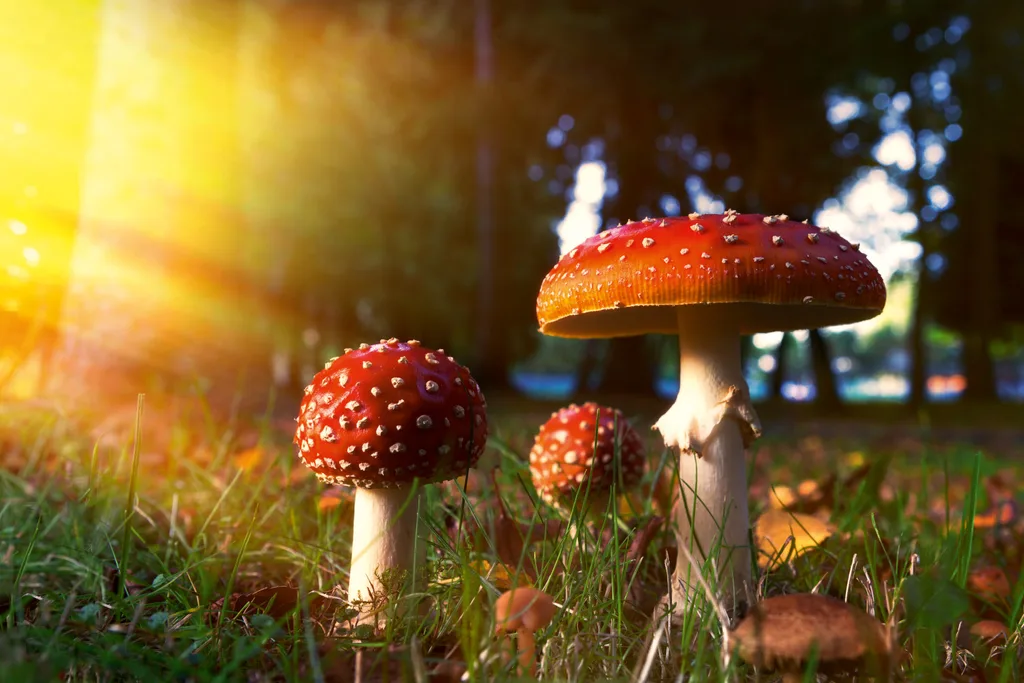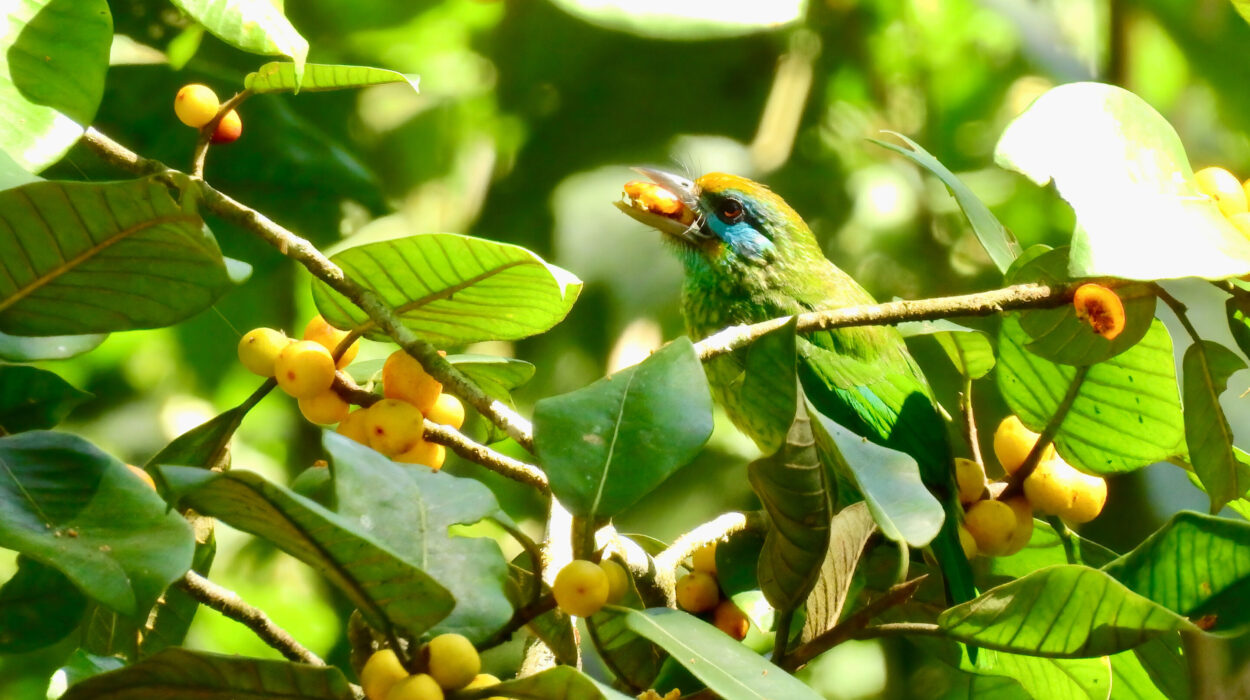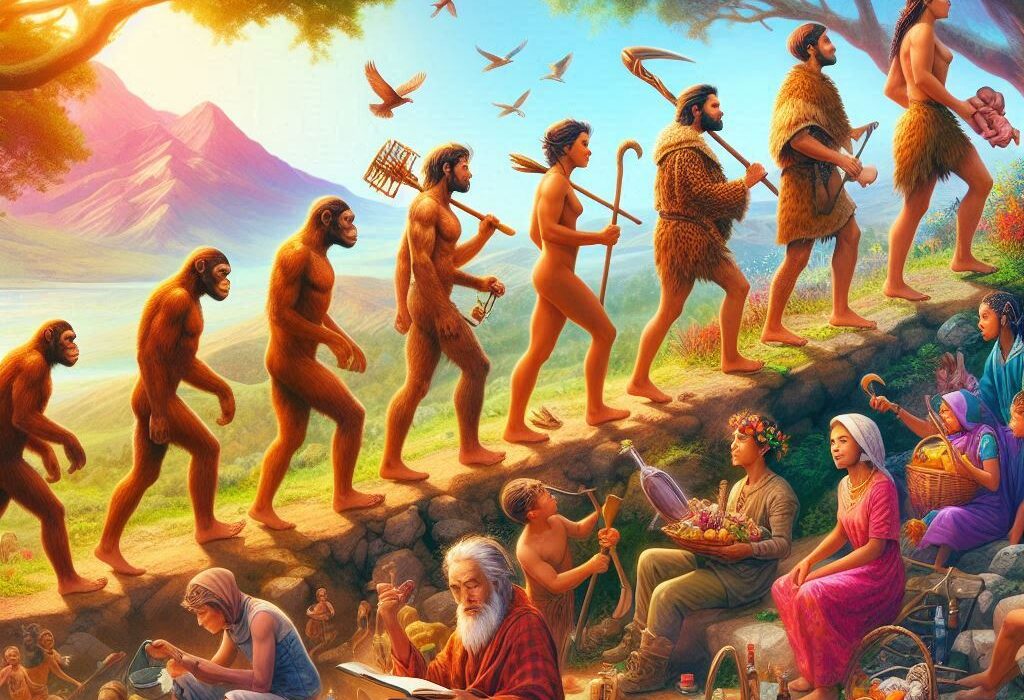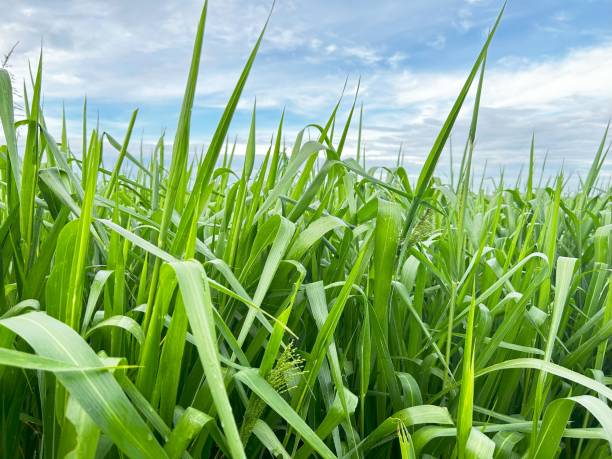As droughts become longer and more frequent under the strain of climate change, scientists are uncovering a surprising ripple effect—one that doesn’t just parch the land but also strains the fragile relationship between humans and the wild creatures that share our environment.
Researchers from UCLA and UC Davis have found that as rainfall declines, reports of conflict between people and wildlife rise. Their findings, published in Science Advances, reveal that for every inch of annual rainfall lost, reports of wildlife conflicts increase by roughly 2% to 3% during drought years.
It’s a trend that underscores how environmental stress can ripple through ecosystems, pushing animals closer to human settlements in search of food and water. “Climate change will increase human-wildlife interactions, and as droughts and wildfires become more extreme, we have to plan ways to coexist with wildlife,” explained lead author Kendall Calhoun, a postdoctoral researcher and conservation ecologist affiliated with both UCLA and UC Davis.
When Thirst Drives Encounters
To uncover these patterns, Calhoun and his team analyzed seven years of data from the California Department of Fish and Wildlife’s Wildlife Incident Reporting database. The records detail a range of reported encounters—damage to property, livestock losses, and nuisance reports—submitted by community members across the state.
The researchers found that certain species were particularly affected by changing rainfall. For every inch decrease in precipitation, conflict reports increased by about 2.1% for mountain lions, 2.2% for coyotes, 2.6% for black bears, and 3% for bobcats.
These animals, all adaptable carnivores, typically thrive at the edges of human-dominated landscapes. But during drought, their usual prey and water sources decline, forcing them to explore new territories—including suburban neighborhoods and farms.
It’s easy to imagine what this looks like: a bear wandering through a backyard searching for fruit or garbage, a coyote trotting across an empty parking lot at dusk, a mountain lion tracking deer into the outskirts of town. Each encounter carries its own risks, not only for humans but for the animals as well.
What Counts as a “Conflict”?
But what does “conflict” really mean? The study makes clear that it doesn’t necessarily refer to attacks or dangerous encounters. “That’s the big question, and it often depends on the person reporting it,” Calhoun said.
In many cases, reports describe property damage, lost livestock, or simple nuisances—animals rummaging through trash or feeding in gardens. For some people, a wild animal in their yard might be a thrilling reminder of nature’s resilience. For others, it’s a source of fear or frustration.

“Animals coming into human spaces are generally framed as wildlife trying to take resources from humans,” Calhoun said. “But it’s often because we’ve taken the resources away from the wild areas.”
That distinction is critical. When drought drains rivers and dries up natural vegetation, animals have little choice but to cross into human settlements. What people see as intrusion is often a matter of survival for wildlife pushed beyond its limits.
Understanding a Shifting Relationship
The data doesn’t necessarily prove that more animals are appearing in towns during dry years—it might also mean that people are more likely to notice or report wildlife when resources are scarce. “It’s unclear whether the number of reports increases because there are subjectively more conflicts, or because people perceive wildlife more negatively when their own resources are more stressed,” Calhoun noted.
Either way, the result is the same: drought tightens the shared space between people and wild creatures, revealing how closely human well-being is tied to the health of ecosystems. When nature suffers, coexistence becomes harder.
Building Climate-Resilient Landscapes
So what can be done? Calhoun believes the solution lies in redesigning our landscapes to better support both people and wildlife. Creating “climate-resilient” environments—places that preserve natural water sources, maintain vegetation cover, and offer safe habitats—can help animals find what they need without venturing into human communities.
“Now that we know how droughts make wildlife interactions worse, why couldn’t we make them better?” he asked. “Mitigating how much water we take out of natural landscapes could mitigate conflict.”
Studies have shown that even small patches of protected habitat can make a significant difference. Restoring wetlands, maintaining wildlife corridors, and ensuring access to natural food sources can all reduce the need for animals to seek out human environments.
These measures benefit people, too. Healthier ecosystems mean cleaner water, less erosion, and more stable local climates—an investment in both ecological balance and community safety.
Data, Science, and the Power of Communities
Calhoun’s research relied on a remarkable resource: a public database of wildlife incidents compiled by the California Department of Fish and Wildlife. Community members across the state report encounters directly, providing a rare and invaluable look into patterns of human-wildlife interaction over time.
“There are few comprehensive databases collecting community-reported wildlife incidents,” Calhoun said. “Without it, our research couldn’t succeed.”
This kind of citizen-driven data collection reflects an important trend in conservation science—empowering local people to play an active role in understanding and protecting their environments. Every sighting or report contributes to a larger picture of how climate change is reshaping the living world.
Fire, Drought, and the Future of Coexistence
Calhoun’s broader research examines how climate-driven megafires are altering animal habitats. After a fire, animals often flee the immediate danger but must still find food and shelter in unfamiliar landscapes—often near human communities. Drought adds another layer of pressure, drying out ecosystems that might otherwise sustain them.
“I look at ways to improve human-wildlife interactions, and climate change is going to make that path more difficult,” Calhoun said. “But if we can make it worse, then we can make it better.”
That optimism is a powerful reminder that our choices matter. Climate change may amplify stress on both humans and wildlife, but the solutions lie within our reach. By protecting water sources, restoring habitats, and rethinking how we share the land, we can turn conflict into coexistence.
A Shared Future in a Changing Climate
The story told by California’s wildlife data is not just about bears, coyotes, or mountain lions—it’s about us. It’s a reflection of how our actions ripple outward through the natural world, and how the line between “their” space and “ours” has always been an illusion.
As the planet warms and droughts become more common, humans and wildlife will continue to cross paths. The challenge is not to prevent that contact but to ensure it happens safely, sustainably, and with empathy.
The path forward begins with recognition—that we share the same water, the same land, and the same future. Droughts may dry rivers and forests, but they can also reveal something vital: that coexistence, like survival itself, depends on balance.
In the end, the message is clear. If we can change the climate in ways that drive wildlife toward conflict, then we can also change it in ways that bring us back into harmony with the living world.
More information: Kendall L. Calhoun et al, Human-wildlife conflict is amplified during periods of drought, Science Advances (2025). DOI: 10.1126/sciadv.adx0286






